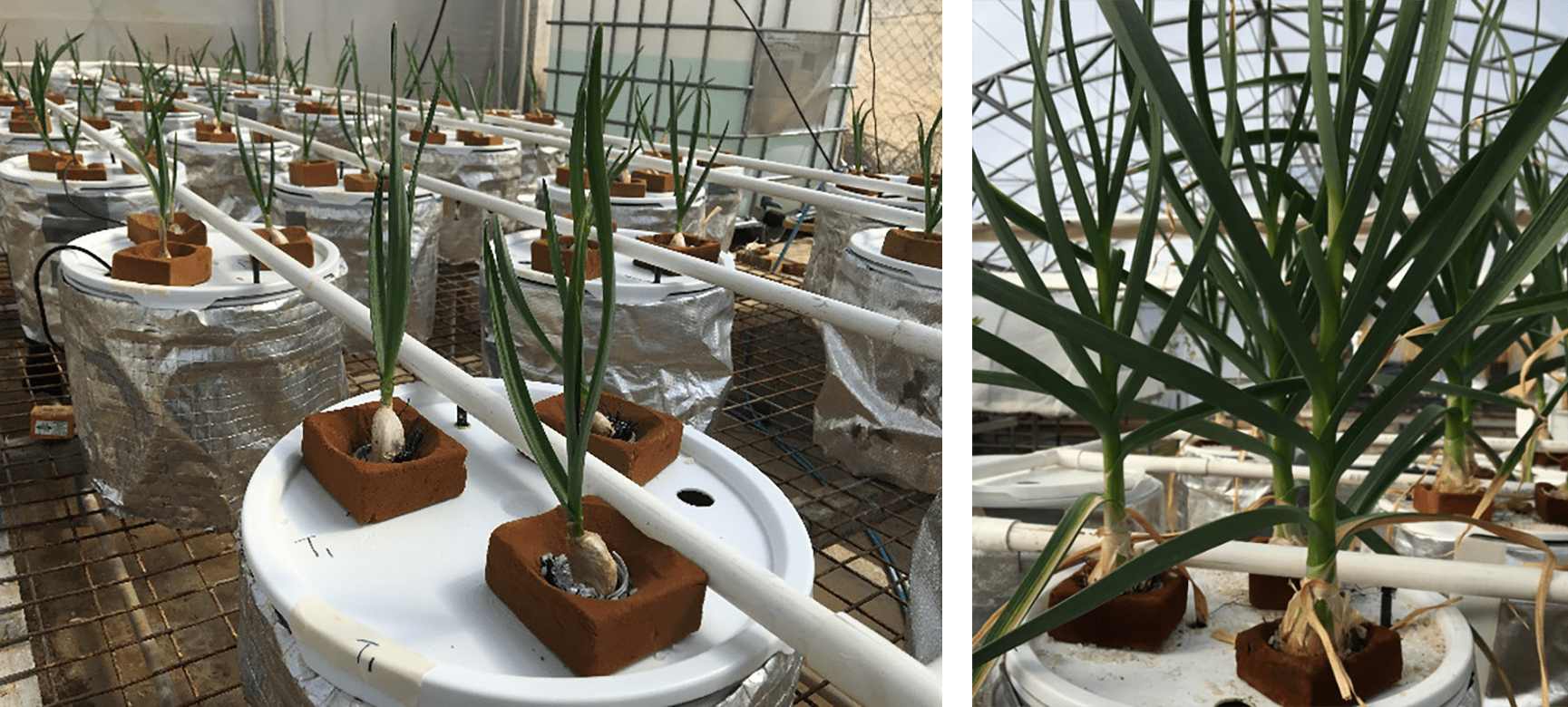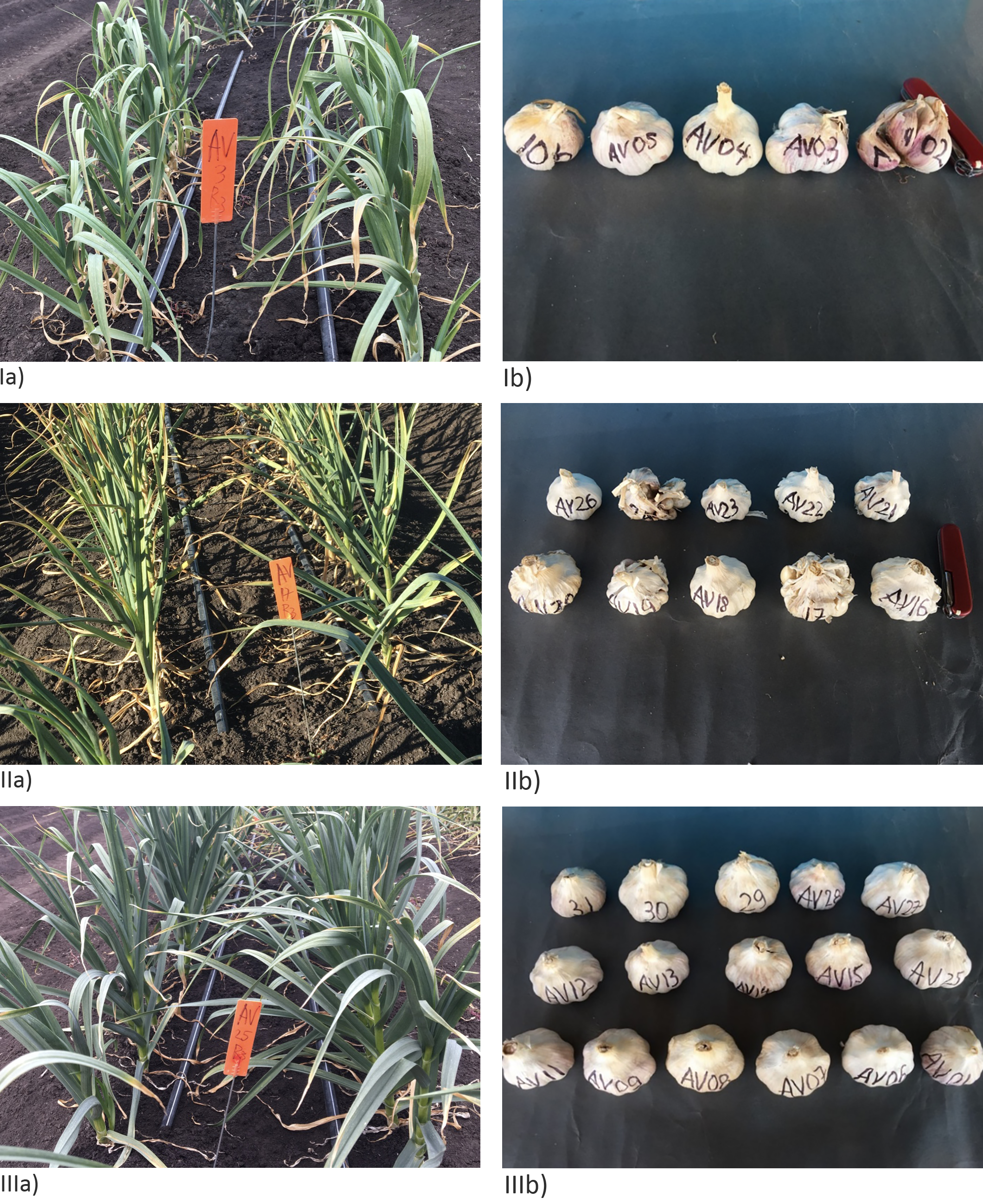

Improving medicinal plant yield and quality to improve farmer livelihoods, TropAg
October 23, 2022
The Crawford Fund’s Queensland Committee has again partnered with the TropAg International Agriculture Conference to assist 10 young researchers from developing countries attend and present their science at this international conference which will be held in Brisbane from 31 October to 02 November 2022.
Successful candidates were chosen by a selection panel made up of representatives of The Crawford Fund and the TropAg conference organisers, based on submitted abstracts of their research.
In the lead-up to the conference we will be publishing short blog posts written by the young researchers about their work. Here is the seventh blog.
By Binh Thi Nguyen, University of Queensland
I am honoured to have received support from the Crawford Fund to attend TropAg2022. I am in the final stages of completing my PhD at The University of Queensland in the School of Agriculture and Food Sciences. I completed my Bachelor of Agricultural Science at Hanoi Agricultural University in 2006. After that, I was employed by The National Institute for Medicinal Materials to conduct research on the production of medicinal plants. I completed my Master of Crop Science in Agriculture at Vietnam National University of Agriculture in 2015. In 2018, I received a John Allwright Fellowship to pursue my PhD.
I am passionate about improving the livelihood of poorer farmers and because of the high market price medicinal plant production can improve farmer profits. However, little is known about the key agronomic factors that affect the productivity of medicinal plants. I have a particular interest in improving medicinal plant yield and quality to improve farmer livelihoods.

The topic of my PhD has been focused on yield of garlic and allicin and alliin concentration, which are the two key medicinal compounds in garlic. I chose garlic as a medicinal crop because it has dual purpose markets including culinary and medicinal opportunities. The health benefits associated with these compounds are manyfold, such as improved cardiovascular health, reduced blood pressure, stimulation of the immune system. In my research, field and glasshouse experiments were conducted to understand how genetic and agronomic practices influence the bulb yield and production of allicin and alliin in garlic bulbs.
The research evaluated the bulb weight, allicin concentration and mineral profiles of about 32 garlic genotypes and identified the best suited varieties that maximise allicin yield under subtropical growing conditions. A considerable variation in bulb weight, allicin and minerals across garlic genotypes. Other research identified optimised nitrogen and sulfur application rates for garlic genotypes. The results showed that allicin concentration increased substantially with increasing nitrogen application and maximised at the highest nitrogen rate (360 kg N ha-1) while yield plateaued at about 180-200 kg N ha-1. Sulfur application rate affects bulb weight and allicin concentration of Glenlarge but does not have effect on Southern Glen.

Variability in the morphological characteristics of garlic varieties in Groups I, II and III from a field experiment conducted in 2018. Group I: foliage is green and flaccid (Ia), and the bulbs aggregate similar to shallot bulbs (Ib). Group II: the foliage is yellowish green, leaf blades thinner and narrower (IIa), and the bulbs are loose with silky skins (IIb). Group III: the foliage is dark blue-green, leaf blades are thicker and wider (IIIa), and the bulbs are tight with thicker skins (IIIb).




